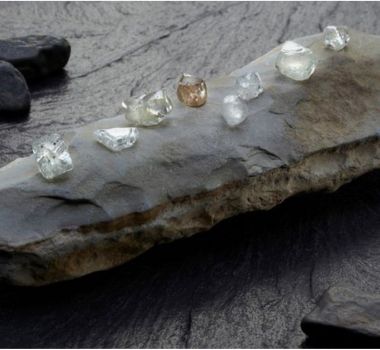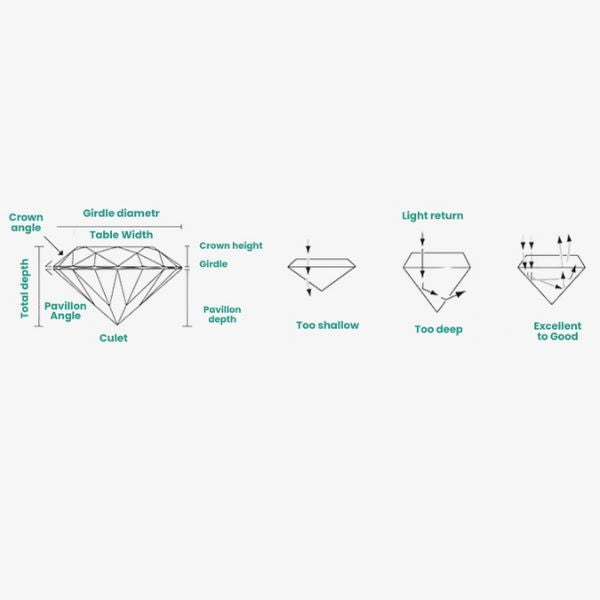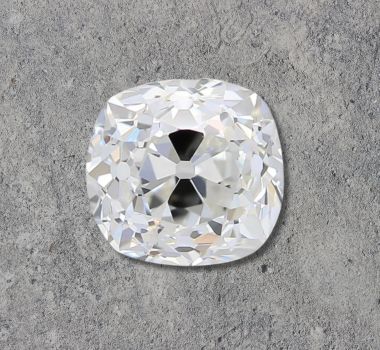
Anatomy and proportion of diamonds
While each diamond is unique, all diamonds share certain structural characteristics. A diamond's anatomy, or basic structure, determines its proportions and its brilliance. Each part of the diamond has a specific name and an understanding that will help you find the perfect diamond.
Well-proportioned diamonds have three different properties: brilliance, dispersion and sparkle. When light comes in contact with the surface of a diamond, it reflects off the table and enters the diamond. The light that is reflected is known as the diamond’s brilliance, the flash of white light that you see when you look at a stone. As light passes through a stone, some of the light rays are separated into flashes of color. This is called dispersion. The result of dispersion (the separation of white light into its different colors) is called "fire". Scintillation is the flashes of color that can be seen when a diamond is moved back and forth.
A diamond is composed of eight main elements, four of which are represented by the diameter, the table, and the depth.
These are the table, the crown, the girdle and the pavilion.
The proportions of the diamond's table compared to the diameter, as well as its depth compared to the diameter, are important in determining the quality of a diamond's cut.
A diamond with good proportions will reflect light from one facet to another (like a mirror) and scatter it, reflecting it off the top of the diamond’s table.
Below is a brief description of each of the eight parts of the diamond and their location:
- Diameter: The width of a diamond, measured from edge to edge of the girdle.
- Table: The largest polished facet on the top of the diamond.
- Crown: The upper part of a diamond extending from the table to the girdle.
- Girdle: The widest edge of the diamond where the crown and the pavilion meet.
- Pavilion: The lower part of a diamond that extends from the girdle to the culet.
- Depth: The total height of a diamond measured from the table to the culet.
- Culet: The facet located at the tip of the diamond
The diamond’s finish
The symmetry and the polish determine the "fire" of a diamond.
Diamond Symmetry
Symmetry is assessed by observing the correct arrangement and symmetry of the facets, the presence of additional facets, the centering of the culet and the table.
Each facet must be carefully aligned in accordance with the other facets. The alignment of each facet must be precise. Failure to do so may result in an uneven appearance of the diamond.
Although, to the naked eye, finishing characteristics have little effect on appearance, symmetry is still important.
The diamond’s polish
The estimation of "polish" results from the observation of the presence of more or less marked polishing marks as well as scratches and chips.
The polish influences the ability of light to pass through the diamond. It is a very important criterion for determining the brilliance of a stone. Diamonds with low polish are significantly less brilliant because they have microscopic polishing and scratch lines that blur the surface of the stone, which also reduces the amount of light that enters or leaves the diamond.
How are the polish and symmetry graded on a certificate?
Polishing is graded in the same manner as symmetry.
- Excellent
- Very Good
- Good
- Fair
- Poor
To the naked eye, there is very little difference between these differing grades. A diamond with a good (not excellent) polish can still be an outstanding stone. It is only with the help of a magnifying glass that the differences in these grades become a little clearer.






































